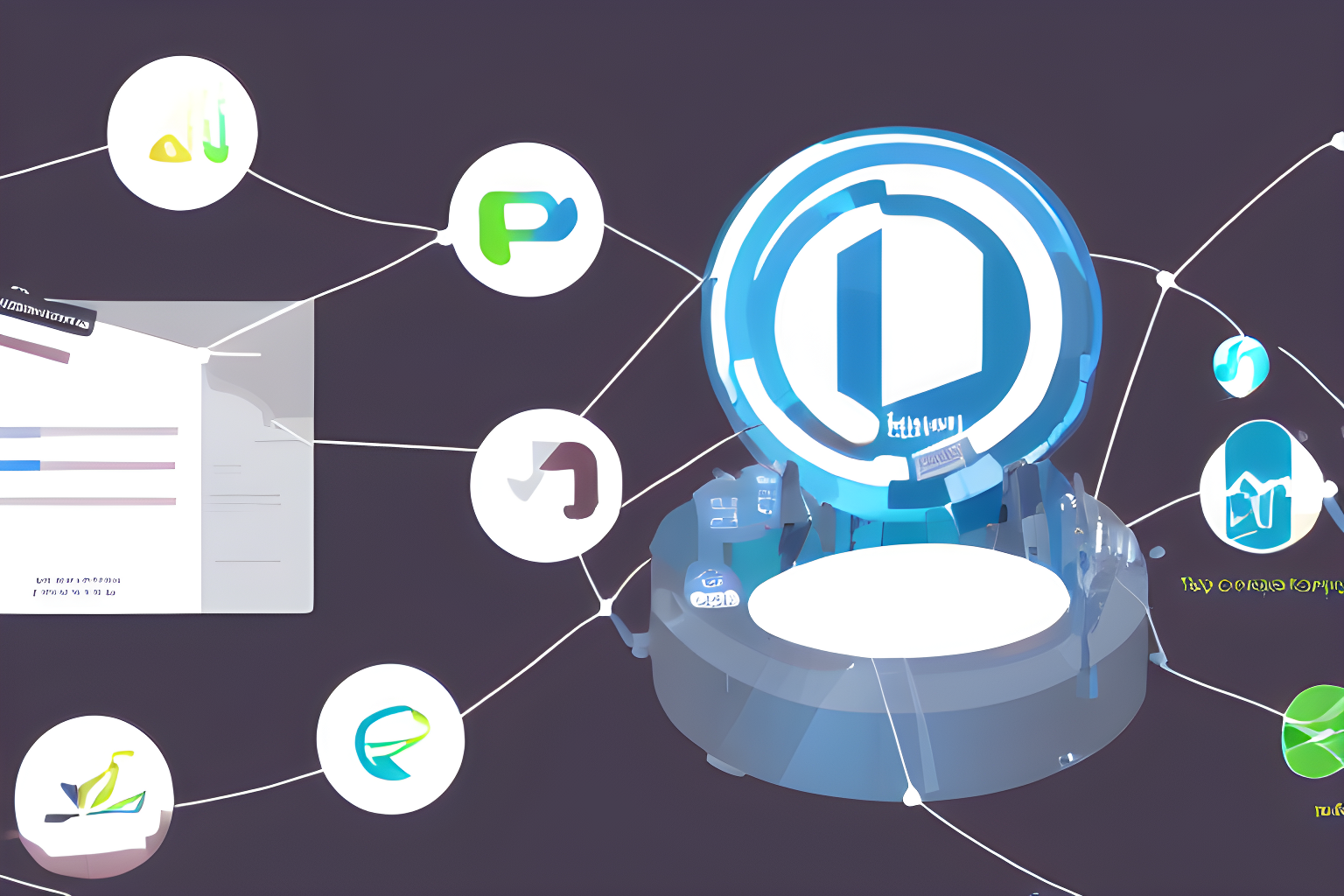Starting from January 2022, the NFT market fell 97% from its peak, with art pieces and collectibles having seen their prices fade massively from millions of dollars to barely a few hundred bucks, NFT sales volumes have also gone from almost $20 billion in January to under $466 million in September, as the average price for most NFT sales plunged 92%.
All of these events seem to stand as evidence that the NFT market is dying out, but is that actually the case?
It’s not about overpriced pictures of Bored Apes anymore; NFTs are now transforming into a useful instrument that can solve pain points in different industries and generate new opportunities for companies.
NFTs are not dead, and we have three main reasons:
Forum and news website Reddit integrated an NFT marketplace called Vault in November 2022, generating over $10.5 million in transaction volume. In August, wearables and shoemaker giant Nike generated around $1 billion in revenue on the secondary market through NFTs.
Nike is part of the growing list of fashion designers offering NFTs and digital clothing, like Dolce & Gabbana, Tiffany & Co, and Gucci. Besides fashion powerhouses, coffee chain giant Starbucks opened its highly anticipated program: Odyssey, which allows customers and employees to earn loyalty rewards with NFTs in the form of collectibles.
Major brands leveraging non-fungible tokens to transform their marketing strategies has created a lot of competition in terms of how companies can utilise NFTs in unique ways. This, in turn, has spurred new improvements in the underlying technology, and this sector will no doubt continue to go through further evolution.
NFTs are more versatile than many people realise. The use cases of NFTs expand beyond digital collectibles and art, as they are useful tools that can be used across different industries in the traditional world, including fashion, healthcare, supply chain, and gaming.
The latter could be a massive pivotal point for both NFTs and gaming because NFTs allow gamers to earn real-world value by playing and investing time in the games, whether these games are play-to-earn titles or have incorporated NFTs as items such as skins, collectibles or currencies.
2021 data saw the play-to-earn market valued at shy of $800 million, with popular titles such as Axie Infinity, The Sandbox, Illuvium, and League of Kingdoms at the forefront. The market is expected to reach $2.7 billion by 2028, according to predictions.
2021 was the year for hyped-up projects and influencers who made their fortunes overnight by selling overpriced NFTs, which generated a stigma across the general audience. However, now that NFTs are beyond the original frenzyness, they have become the new frontier for fundraising, including for charity purposes.
For example, last year we saw the renowned digital artist Beeple selling one of his NFT works for $6 million, after which he donated the funds to the cause of combating climate change. Today there are entire platforms out there that make use of NFTs for the purpose of donating crypto funds to non-profit organisations.
NFTs have had a major impact on wildlife conservation groups, among others. In June 2022, Australia Zoo organised an NFT fundraiser on environment-friendly Blockchain Algorand in June, with sales headed towards animal hospitals in the country.
Overall, the main advantage of using NFT auctions is that they allow organisations to reward donors with NFTs after making their donations. These NFTs can be used to promote physical merchandise, access to events, or a stake in the direction of the fundraising project.
The NFT market today has reached the stage where we are witnessing the emergence of many use cases which demonstrate the potential of non-fungible tokens. It is not just as a way for companies and industries to solve pain points and generate new revenue opportunities. NFTs are also being used to protect wildlife, form better charities, and support artists and content creators worldwide.
And there’s still a lot of room for growth: The global NFT market is expected to reach $211 billion by 2030. The demand for digital art is one of the main drivers of this growth. But to achieve results beyond that, the NFT industry will need to show its new value for the world.
Build JavaScript Blockchain Apps Easily with Lisk!

